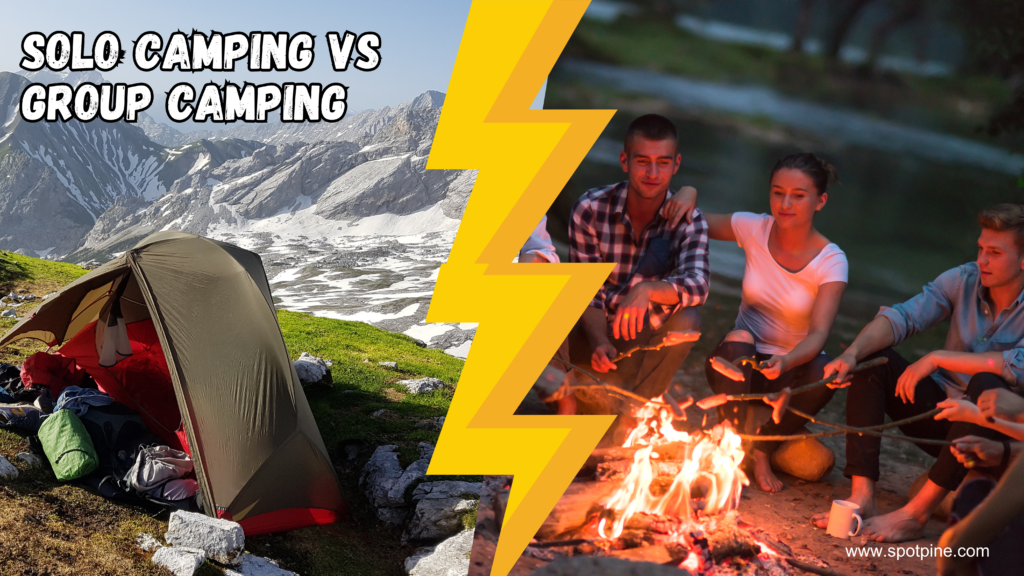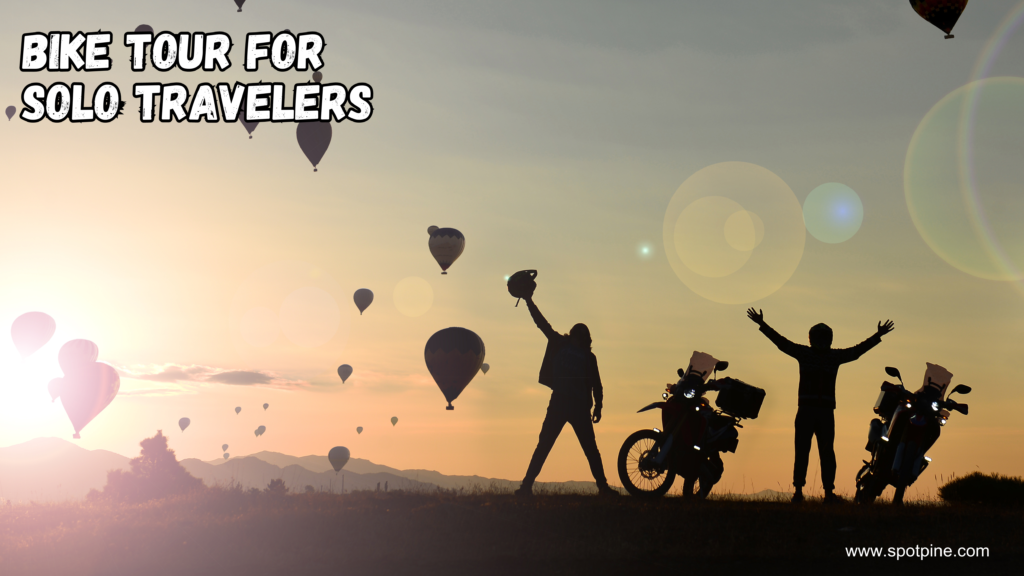Capturing great adventure photos requires planning, patience, and creativity. Use these tips to enhance your outdoor photography skills and capture stunning images that encapsulate the thrill of adventure.
Adventure photography is all about capturing the essence of exploration and the raw beauty of the outdoors. Whether you’re trekking through a rainforest or conquering a mountain peak, these tips will help you make the most of every photo opportunity.
From mastering composition and lighting to finding unique angles and perspectives, the following guide will equip you with essential techniques for taking captivating adventure photos. So, grab your camera and get ready to embark on an exciting photographic journey to capture the spirit of adventure and create unforgettable memories through your lens.
Choosing The Right Gear
One of the key elements in capturing great adventure photos is selecting the appropriate gear. The right camera equipment and essential accessories can make a significant difference in the quality of your images. Let’s explore the essential considerations for choosing the right gear.
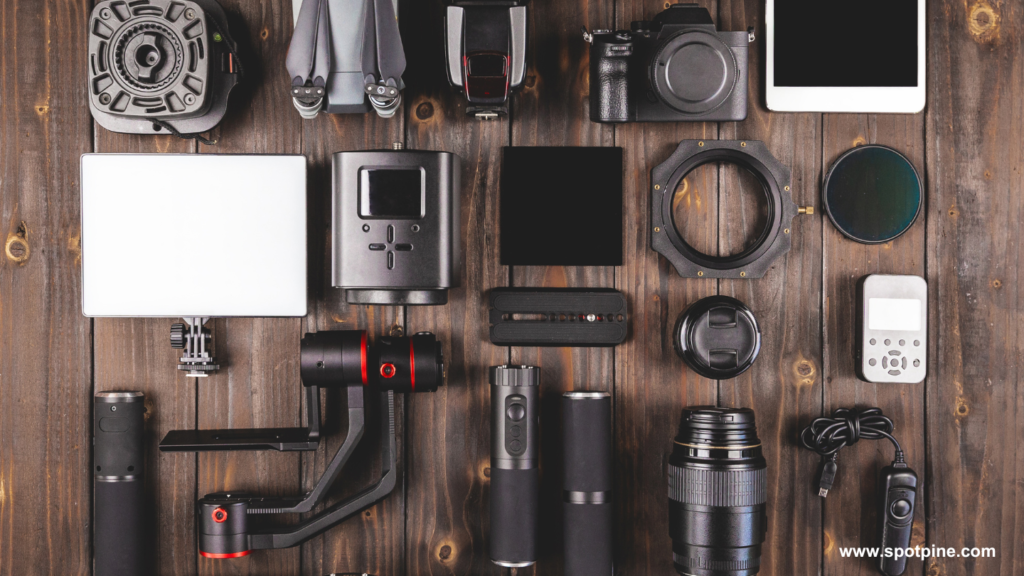
Camera Equipment
To start, ensure you have a high-quality camera that suits your needs, whether a DSLR, mirrorless, or compact camera. Select a camera with weather-sealing for outdoor adventures to protect against dust and moisture. Consider the camera’s resolution and low-light performance for crisp and clear shots.
Essential Accessories
Invest in reliable lenses to capture different perspectives and scenes effectively. A sturdy tripod is essential for steady shots, especially in low-light or challenging terrain. Carry extra batteries and memory cards to avoid missing any crucial moments during your adventures.
Understanding Lighting
Understanding Lighting is essential in capturing great adventure photos. Good lighting can make a mediocre shot outstanding, while poor lighting can ruin even the best composition. Mastering the interplay of light and shadow in your photographs will elevate your adventure photography to the next level.
Natural Light Vs. Artificial Light
Natural light is softer and more flattering for outdoor photography, whereas artificial light can add drama and intensity to your shots.
Using Golden Hour To Your Advantage
Golden hour, the hour after sunrise and before sunset, offers the most beautiful, warm, and diffused light for stunning adventure photos.
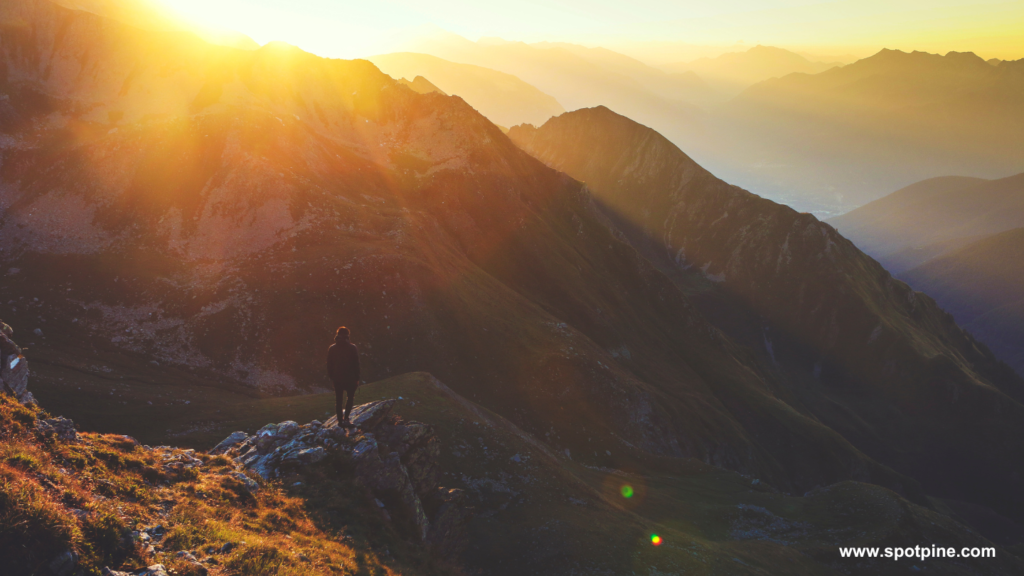
Composition Techniques
Learn to master composition techniques to capture stunning adventure photos. Discover 10 valuable tips to enhance your photography skills and create breathtaking images that truly capture the spirit of adventure. Unlock the secrets to improve your composition and take your outdoor photography to the next level.
Capturing great adventure photos not only requires the right gear and timing but also a keen eye for composition. The way you frame your subject and compose your shot can greatly enhance the visual impact of your images. In this section, we will explore three essential composition techniques that can take your adventure photography to the next level. These techniques include the Rule of Thirds, Leading Lines, and Foreground and Background. Let’s dive in and discover how each of these techniques can help you create compelling and visually stunning adventure photos.
Rule Of Thirds
The Rule of Thirds is a fundamental principle of composition that can instantly elevate the visual appeal of any photograph. This technique involves dividing your frame into a 3×3 grid by placing two equally spaced horizontal and vertical lines. The main subject or focal point of your photo should ideally be positioned along these lines or at the intersection points. This creates balance and visual interest by preventing your subject from being placed dead center, resulting in a more dynamic composition.
Leading Lines
Leading lines can add depth, dimension, and a sense of direction to your adventure photos. These lines, often made up of roads, rivers, paths, or even natural elements such as trees or rocks, guide the viewer’s eye towards the main subject. By strategically placing leading lines in your composition, you can create a sense of depth and draw the viewer into the scene, making for a more immersive experience. Remember to experiment with different angles and perspectives to find the perfect leading lines that complement your subject and add visual interest to your photos.
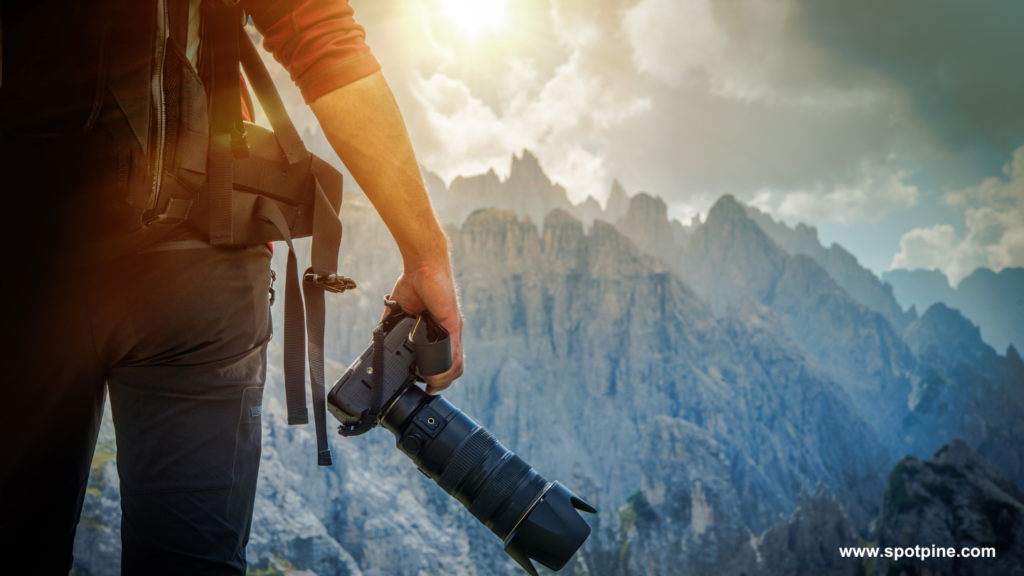
Foreground And Background
The foreground and background of your image play a crucial role in creating a captivating composition. By carefully selecting and arranging elements in the foreground, you can create a sense of depth and add visual interest to your photo. This could include including a foreground subject, such as a person or an object, that creates a strong focal point and adds scale to the image. Similarly, the background should complement the subject and enhance the overall narrative of the photo. Consider elements like contrasting colors, interesting textures, or even a striking landscape to create a visually immersive experience. Incorporating the Rule of Thirds, utilizing leading lines, and paying attention to the foreground and background elements can transform ordinary adventure photos into extraordinary ones. Experiment with these composition techniques and explore the endless possibilities they offer in capturing breathtaking images. With practice and a critical eye, you’ll be able to compose stunning adventure photographs that will leave viewers in awe.
Mastering Exposure
Mastering exposure is crucial for capturing great adventure photos. Understanding how to control the amount of light that enters your camera is essential for creating stunning and dynamic images. In this section, we will explore the fundamentals of exposure, including aperture, shutter speed, ISO, and exposure compensation.
Understanding Aperture
Aperture refers to the opening in the lens through which light enters the camera. It is measured in f-stops, with a lower f-stop resulting in a larger aperture, allowing more light to reach the camera sensor. A wider aperture produces a shallow depth of field, ideal for capturing dramatic portraits or isolating a subject against a blurred background.
Shutter Speed
Shutter speed determines how long the camera’s shutter remains open to allow light to reach the sensor. A fast shutter speed freezes action, making it perfect for capturing fast-moving subjects, while a slow shutter speed creates motion blur, which can add a sense of movement and energy to your photos.
Iso
ISO measures the camera sensor’s sensitivity to light. A lower ISO setting is ideal for bright conditions, producing images with minimal noise and maximum detail. In low-light situations, increasing the ISO can help capture well-exposed photos, but it may introduce grain or digital noise to the image.
Using Exposure Compensation
Exposure compensation allows you to manually adjust the exposure set by the camera’s light meter, enabling you to override the automatic settings and achieve the desired exposure. Increasing exposure compensation brightens the image, while decreasing it can darken the image, giving you creative control over the final result.
Capturing Action
When it comes to adventure photography, capturing action is an essential skill that can make your photos truly breathtaking. Whether it’s a surfer riding a wave, a hiker jumping over a stream, or a mountain biker racing down a trail, freezing the motion and capturing the energy of the moment can add incredible dynamism to your images. In this section, we will explore two techniques that will help you capture action in your adventure photos – freezing motion and the panning technique.
Freezing Motion
Freezing motion is a technique that allows you to capture a split-second moment, freezing the action in a single frame. This technique works best when you want to capture a fast-moving subject, such as a mountain biker flying through the air or a skier carving down a slope.
One way to freeze motion is by using a fast shutter speed. The faster the shutter speed, the more likely you are to freeze the action. Typically, a shutter speed of 1/500th of a second or faster will be sufficient to freeze most action shots. However, keep in mind that the specific shutter speed you’ll need will depend on the speed of the subject and the effect you want to achieve. Experiment with different shutter speeds to find the perfect balance between freezing the action and capturing the right amount of motion blur.
Additionally, utilizing burst mode can also greatly increase your chances of capturing the perfect action shot. Burst mode allows your camera to take a rapid series of shots, increasing the likelihood of capturing the desired moment. This is particularly useful when the subject is moving quickly, as it can be challenging to anticipate and time the perfect shot.
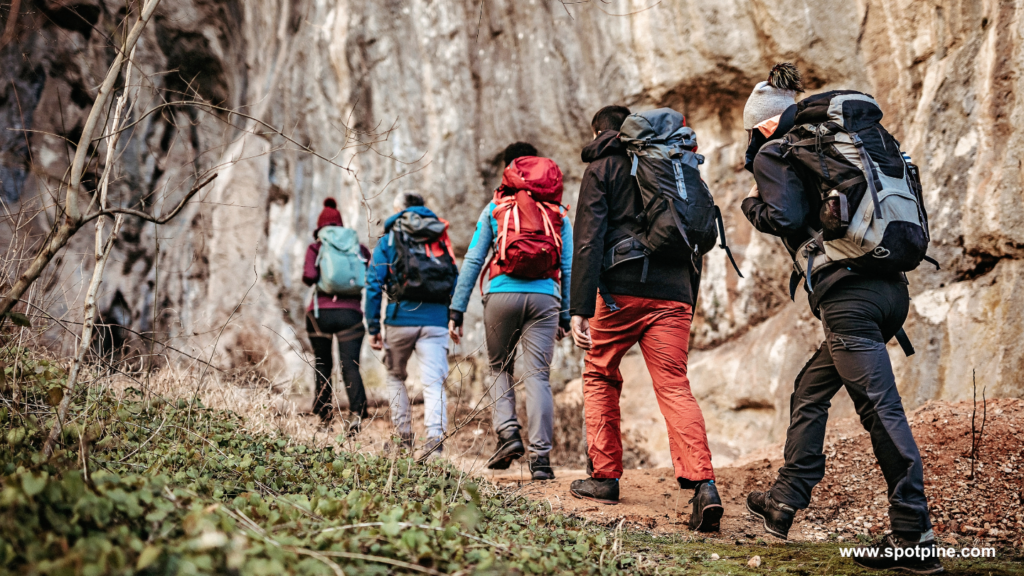
Panning Technique
The panning technique is a great way to convey a sense of speed and motion in your action photos. This technique involves tracking your subject as it moves across the frame, creating a sharp subject with a blurred background. By following the subject’s motion with your camera, you can create a sense of dynamism and bring your photos to life.
To achieve this effect, start by setting your camera to a slower shutter speed, typically around 1/30th of a second. As your subject moves, pan your camera along with it, trying to keep the subject in the same position within the frame. The slower shutter speed combined with the camera movement will create a motion blur in the background, while the subject remains sharp. This technique requires practice and a steady hand, so be prepared to experiment and adjust your technique to achieve the best results.
In conclusion, capturing action in your adventure photos can elevate them to the next level, immersing viewers in the excitement and energy of the moment. Whether you choose to freeze the action with a fast shutter speed or use the panning technique to convey a sense of motion, these techniques will help you capture dynamic and captivating images that truly showcase the thrill of adventure.
Creating Depth
Explore the world and capture unforgettable moments with these 10 invaluable tips for taking incredible adventure photos. From finding the perfect angles to utilizing natural lighting, this guide will help you create depth and bring your photos to life.
Working With Difficult Conditions
Working with Difficult Conditions can be challenging but with the right techniques, you can still capture great adventure photos. Here are some tips to help you deal with challenging situations.
Dealing With Harsh Sunlight
Avoid shooting directly into the sun as it can cause harsh shadows and overexposure. Position yourself so the sun is behind you or use a lens hood to reduce glare.
Shooting In Challenging Weather
In rainy or foggy conditions, protect your camera with a waterproof cover and clean the lens frequently. Adjust your settings for low-light situations.
Know How to camp in bad weather?
Telling A Story
Learn valuable techniques for capturing stunning adventure photos with these 10 essential tips. Elevate your skills and storytelling through compelling visual narratives that capture the essence of each thrilling moment. Master the art of photography and unleash your creativity in every shot.
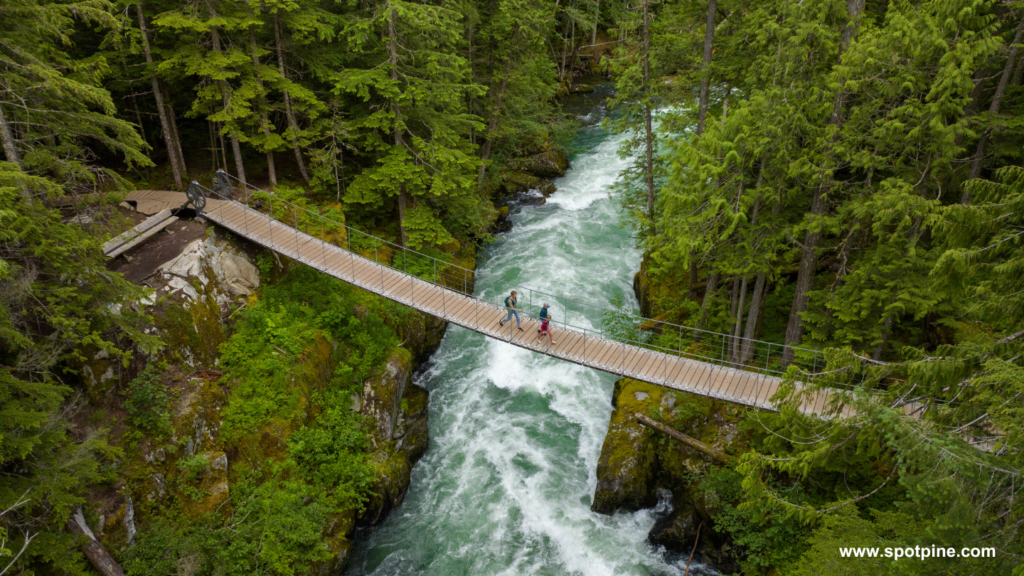
Candid Moments
Capture unexpected emotions and reactions in your adventure photos for a genuine feel.
Including A Subject In The Frame
Ensure your subject is well-positioned within the frame to tell a compelling story.
When capturing adventure photos, focus on telling a story. Include candid moments and always ensure your subject is well-positioned within the frame. Candid moments add genuine emotions and reactions to your photos, making them more engaging for viewers. Including a subject in the frame helps create a focal point and narrative for your images.
For unforgettable adventure photos, follow these 10 expert tips. From finding the perfect lighting to capturing dynamic action shots, these strategies will elevate your photography game. Remember to experiment with different angles, utilize the rule of thirds, and showcase the unique beauty of your surroundings.
By incorporating these techniques into your adventures, you’ll be able to capture stunning and memorable photos that tell the story of your incredible journey. Start snapping and watch your photography skills soar!

